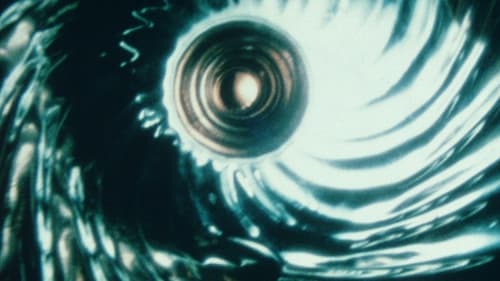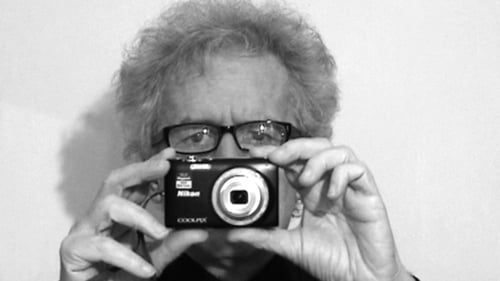
Eyes and ears travel discontinuously through everyday life and the sub-worlds of the city and the body. A fragmented and subjective day-to-day chronicle that outlines a recurring obsession for registering even the most ordinary things, where the least poetic aspects of life, that is to say, the most somber ones, become the eye’s filter.

Teo Hernandez films waste and scrap found on the pavements of the streets of Paris. “Sidewalks are great subjects: garbage, objects and materials, stains, signs, are a movie subject.”

Himself
Fugitive images of the northwestern city of France.

In the early '80s, this collective of artists invented a style of cinema made in 4 hands, where each of the protagonists is also a filmmaker.

Himself
Outtakes from the movie

Title Designer
From the series "Portraits" : Pascal Martin

Music
From the series "Portraits" : Pascal Martin

From the series "Portraits" : Pascal Martin

The film Graal goes (as well as all the films which precede it) toward an open and avowed paganism, in which pagan force and magic imbue all the subjects at all times. (...) This is not about "the" Holy Grail and its legend but about the concept of the Grail, taken in a larger sense as a universal archetype: abbreviation, metaphor of the cosmos. In fact, achievement. That is what the Grail is: the achievement's completion.

Lacrima Christi, third part of the tetralogy Le Corps de la Passion (The Body of the Passion, 1977-1980), is inspired by Christian mythology, from which it draws a creative transformation force, in a search for identity that questions the two cultures to which the filmmaker belonged.

A nocturnal "offside". Pascal Martin and the celluloid bather summon us to a strange magical rite that refers to the ambiguous games of childhood.

As this title indicates, the rule of the game is random. The protagonist invites us to play rhythmic palpitations of radio parasites and broken images.

N°485
Cinématon is a 156-hour long experimental film by French director Gérard Courant. It was the longest film ever released until 2011. Composed over 36 years from 1978 until 2006, it consists of a series of over 2,821 silent vignettes (cinématons), each 3 minutes and 25 seconds long, of various celebrities, artists, journalists and friends of the director, each doing whatever they want for the allotted time. Subjects of the film include directors Barbet Schroeder, Nagisa Oshima, Volker Schlöndorff, Ken Loach, Benjamin Cuq, Youssef Chahine, Wim Wenders, Joseph Losey, Jean-Luc Godard, Samuel Fuller and Terry Gilliam, chess grandmaster Joël Lautier, and actors Roberto Benigni, Stéphane Audran, Julie Delpy and Lesley Chatterley. Gilliam is featured eating a 100-franc note, while Fuller smokes a cigar. Courant's favourite subject was a 7-month-old baby. The film was screened in its then-entirety in Avignon in November 2009 and was screened in Redondo Beach, CA on April 9, 2010.







